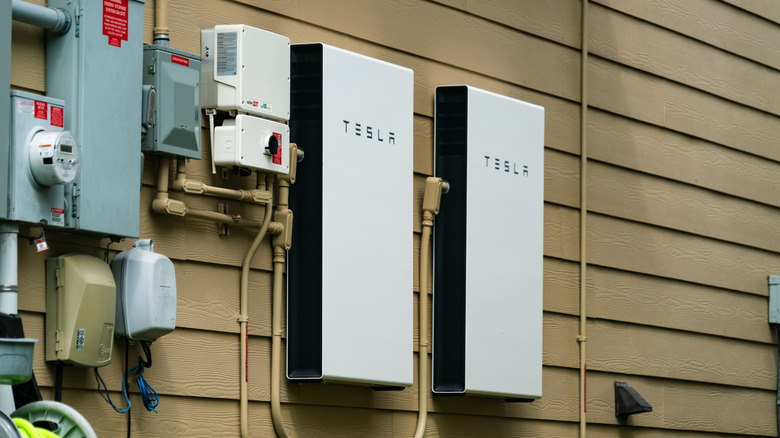When it comes to choosing a home battery storage system, Tesla Powerwall is one of the most popular options on the market. With its sleek design and advanced technology, the Powerwall has become a favorite among homeowners looking to reduce their reliance on the grid and lower their energy bills. But with multiple capacity models available, how do you know which one is right for you? In this article, we will compare the different Tesla Powerwall capacity models to help you make an informed decision.
The Tesla Powerwall comes in two main capacity models: Powerwall 2 and Powerwall+. The Powerwall 2 has a usable capacity of 13.5 kilowatt-hours (kWh), while the Powerwall+ offers a slightly larger usable capacity of 14 kWh. While both models are capable of storing solar energy generated during the day for use at night or during power outages, there are some key differences between them that may influence your decision.
One important factor to consider when choosing between the two models is your household’s energy consumption habits. If you have a larger home or use more electricity than average, you may want to opt for the higher capacity Powerwall+ model to ensure that you have enough stored energy to find answers here meet your needs. On the other hand, if your energy consumption is relatively low or if you are looking for a more cost-effective option, the standard Powerwall 2 may be sufficient for your needs.
Another factor to consider when comparing Tesla Powerwall capacity models is installation space. The standard Powerwall 2 measures approximately 45 inches tall by 29 inches wide and can be mounted either indoors or outdoors. In contrast, the larger size of the Powerwall+ model may require additional space for installation, so it’s important to measure carefully before making your decision.
In addition to differences in size and capacity, there are also variations in price between the two Tesla Powerwall models. While both offer significant savings over time compared to traditional grid electricity costs, it’s important to weigh these savings against upfront costs when making your decision.
Ultimately, choosing between Tesla Powerwall capacity models comes down to understanding your household’s unique energy needs and budget constraints. By carefully considering factors such as energy consumption habits, installation space requirements, and cost considerations, you can select the right model for your home and start enjoying all of the benefits that come with having a reliable backup power source at your fingertips.




